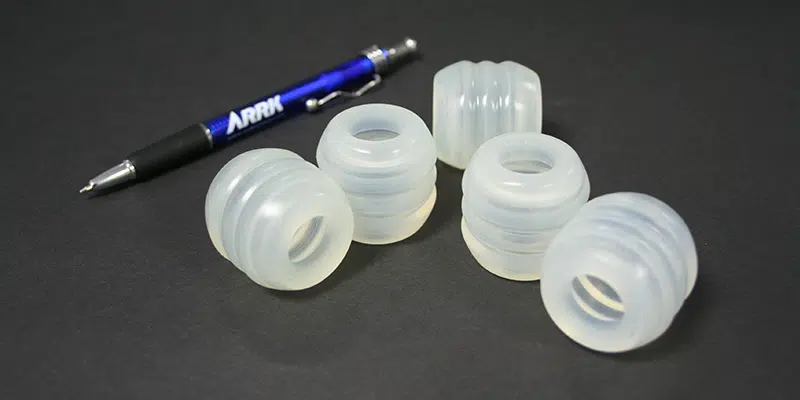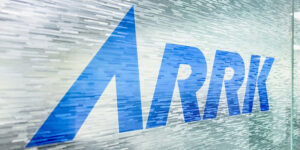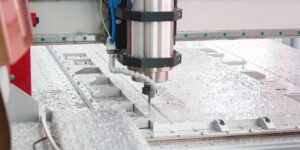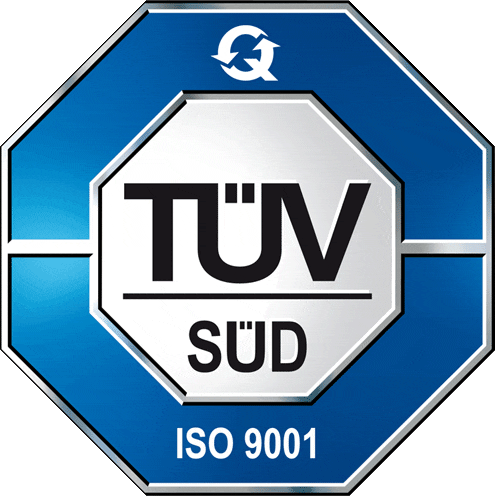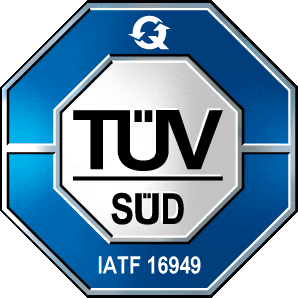Experts at ARRK Asia can tell business managers why does casting have better surface finish? Our team has seen our rapid prototyping technology offer a great deal of flexibility for designers and engineers alike; the process can be modified to accommodate different materials, shapes, sizes, and surface finishes.
It is also more cost effective than other manufacturing processes since it requires minimal equipment and tooling, making it the main reason than with traditional manufacturing procedures.
Proper casting will provide an excellent surface finish
When it comes to the precision of the production run, the techniques and materials employed in the casting process affect the surface finish. ARRK Asia offers a service that provides good quality surface finish levels, so let us take a deeper look into why this is and what makes it special.
In general, castings are superior because they produce parts with even surfaces – which means parts that don’t have uneven edges or draft angles which can create ineffective mating surfaces. When producing complex shapes, castings allow for fewer drafts than other machining methods like CNC machining – resulting in better surface finish and improving tolerance control.
Advantages of casting for surface finish improvement
1. Easy to control dimensions: Casting allows for very precise control of the dimensions and accuracy of the surfaces being machined. Because a part can be formed all in one piece, there’s no need for complex assemblies or re-machining after the casting process. This makes it an ideal choice for more intricate parts with delicate features.
2. Reduced risk of surface defects: Since dislocations, cracks, shrinkage porosity, and other common surface imperfections can be eliminated by correctly controlling variables such as temperature, pressure, and moisture from the start of the casting process, resulting components often have a better surface finish straight from the mold.
3. Superior impact strength: Castings offer superior properties when it comes to impact strength compared to machined parts or forgings; they are also capable of supporting heavier loads without risk of deformity even at higher temperatures than materials yielded by other processes such as aluminum die casting or magnesium die casting. This means that cast parts often have better surface finishes due to their increased ability to resist fatigue cracking and heat damage over time.
4. Shorter Production Times: Because of their lower tolerance requirements and even surfaces created by castings, production times are shortened since intricate details can be achieved without having to make extra cutting operations. With improved efficiency also come reduced costs due to decreased labor time needed which result in overall savings.
5. Casting Has Low Tolerance Requirements: When it comes to tolerances for casting parts, there is much less concern about how precise dimensions have to be compared to other machining methods that require higher precision like milling or turning. This leads to less time spent on post-processing operations such as reworking, grinding down parts to ensure they meet tolerance requirements, leading to improved part quality with better surface finish.
ARRK Asia Various Solutions Improve Finish Quality
There are various techniques ARRK Asia uses during production that improve surface finish quality: blasting with sand or steel shot; tumbling pieces together for a uniform finish; polishing with stones or powders; vibratory finishing machines which use sound waves in order achieve the desired results; and chemical polishing processes where acids are used to smooth out surfaces after casting is complete.
These different techniques lead to consistent results at an optimal price point due to increased efficiency when these secondary operations for achieving smoother surfaces are done together rather than manually.
